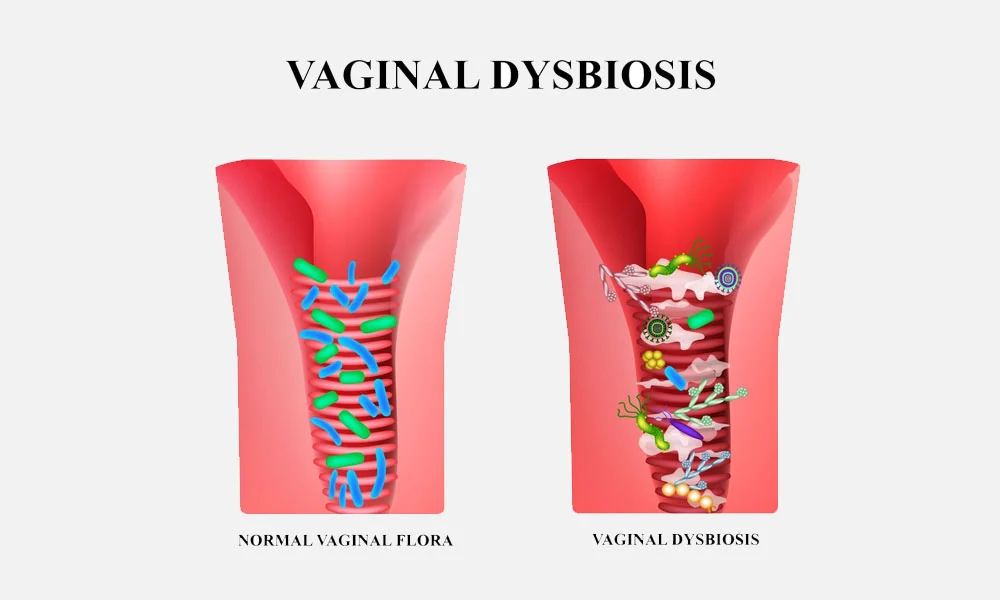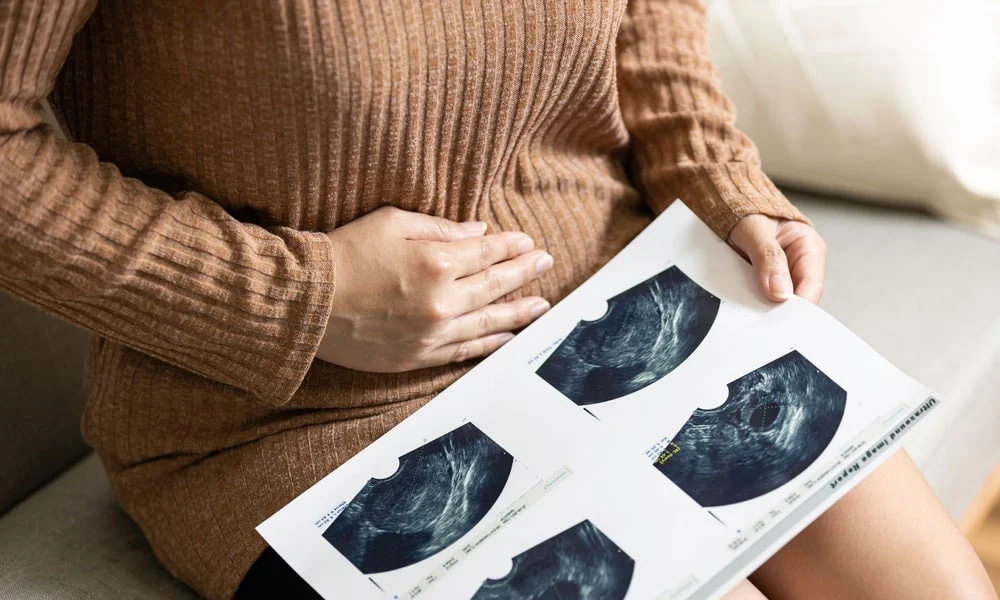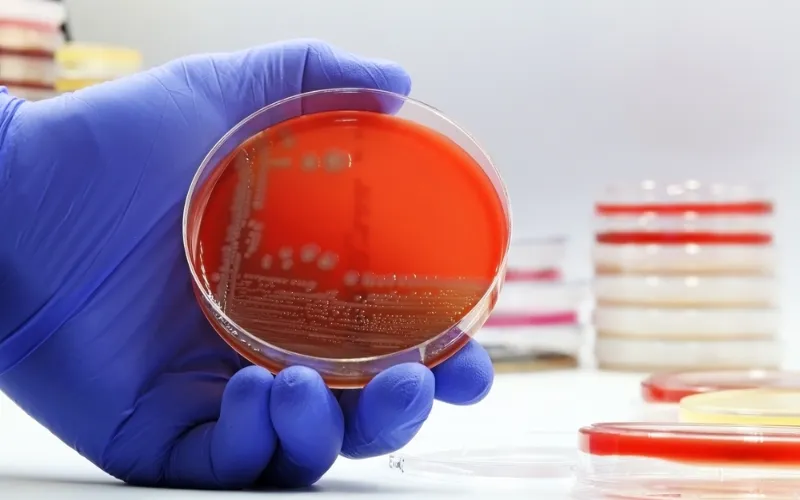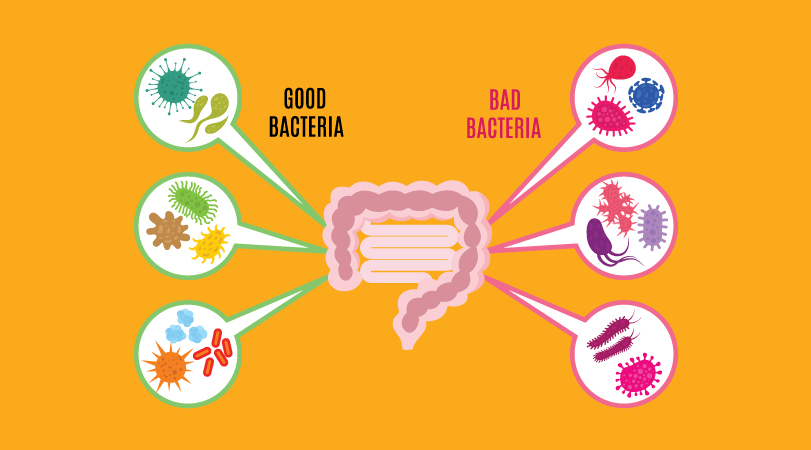The vaginal microbiome is a symbiotic relationship between good and bad bacteria within a woman’s vagina. It is imperative that the bacteria live together in a state of homeostasis to promote good whole-body health. When the vaginal environment undergoes changes, the bad bacteria can start to take over and upset the pH balance which leads to dysbiosis which causes a variety of health problems and dangers.
The Importance of Vaginal Dysbiosis

The vagina serves many purposes during a woman’s lifetime. It is the passage for menses, a necessity for conception, and the delivery site of a baby. The vaginal microbiome is a living and thriving sphere that protects the body from sexually transmitted diseases (STDs) and facilitates successful sexual reproduction. Maintaining your vaginal health is critical for long term wellbeing.
A Thriving Vaginal Microbiome

During puberty and pregnancy, high estrogen levels help to preserve and stimulate the vaginal microbiome The epithelial cells within the vagina remain healthy, and there is ample glycogen production to help maintain a thriving colony of Lactobacilli which prevents vaginal pH issues. The hormones are critical for maintaining a healthy environment that defends against viruses’ fungi, protozoa, harmful vaginal bacteria (bacterial vaginosis), vaginitis-associated bacteria, and other pathogens. However, aging, reduced hormone production, and other factors can cause a break in the vaginal microbial relationship, which causes dysbiosis and can put you at risk.
Vaginal Microbiome Changes
During a woman’s life, the vagina undergoes many vaginal changes because of hormonal and lifestyle choices. Ideally, the microbiome within the vagina functions well when there are ample lactic acid and a low pH environment which prevents the following:
- STDs
- Yeast infections
- Urinary tract infections
- Bacterial vaginosis
Reproduction and the Vagina

An imbalance in the vaginal bacterial community appears to lead to infertility, preterm birth, and spontaneous abortion. When the vaginal microbiome is functioning well, it can aid successful reproduction. Research also shows that a mother with a healthy microbiome at the time of delivery will get even ‘seed’ the female infant’s vagina during delivery to promote a lifetime of vaginal health for future generations and prevent BV.
Cancer and Vaginal Bacteria

With good and bad bacteria co-existing within the vagina, it is imperative to make sure that there is a balance so the bad does not take over the good. Recent studies show that women diagnosed with ovarian cancer appear to have fewer good vaginal bacteria. Also, mutations in the BRCA1 gene appear to increase the risk of developing breast and ovarian cancer. Researchers found that women diagnosed with ovarian cancer had low levels of lactobacillus within their vaginas which are critical for maintaining healthy acidic conditions.
Imbalanced vaginal health can lead to a variety of health problems. However, how much control do you have over the microbiome? With a vaginal probiotics suppository such as those offered by Biom Probiotics,
Feminine probiotics help overcome vaginal microbiome dysbiosis to return balance. The VagiBiom line offered by Biom Probiotics uses patented Biomisify technology to nurture the microbiome for optimum health.
Lactobacilli and Its Role in the Vaginal Microbiome
Lactobacilli are a dominant species within the vaginal microbiota, pivotal in maintaining vaginal health. This bacteria produces lactic acid, which holds a low pH in the vagina. This acidic environment is unfavorable for the growth of many pathogens, such as Gardnerella vaginalis and Candida albicans. The absence or reduction of lactobacilli can increase vaginal pH, promoting the overgrowth of these pathogens and leading to conditions like bacterial vaginosis (BV) and candidiasis.
Pathogenesis of Vaginal Dysbiosis
The pathogenesis of vaginal dysbiosis can be multifactorial. Factors such as sex, use of antibiotics, changes in hormone levels, especially during pregnancy and menopause, and disruption in the balance of the vaginal flora can lead to dysbiosis. Replacing the protective Lactobacillus species with anaerobes like Gardnerella and Atopobium vaginae creates a conducive environment for biofilms, leading to persistent infections and recurrence.

Diagnosis of Vaginal Dysbiosis
The diagnosis of vaginal dysbiosis can be complex, as symptoms can overlap with various vaginal conditions. Common symptoms include vaginal discharge, odor, irritation, and pain. A thorough evaluation is essential, including pH testing, microscopic examination of the vaginal discharge, and PCR methods to identify specific microbes. Additionally, criteria set by the World Health Organization and the presence or absence of key bacteria, such as lactobacilli, can aid in the diagnosis.
Other Vaginal Dysbiosis Conditions
Beyond BV, vaginal dysbiosis can be associated with a variety of conditions:
- Vaginitis: Inflammation of the vagina that can result from bacterial, viral, or yeast infections.
- Sexually Transmitted Infections (STIs): An imbalanced vaginal microbiome may increase the risk of acquiring STIs, including human immunodeficiency virus (HIV).
- Reproductive Health Issues: Infertility, preterm delivery, and miscarriages have been associated with vaginal dysbiosis.
Interrelation between Vaginal Microbiome and Sexually Transmitted Infections
An imbalanced vaginal microbiome, marked by reduced protective lactobacilli and an overgrowth of pathogens, can predispose women to sexually transmitted infections. For instance, studies have shown an association between BV and an increased risk of acquiring HIV. The vaginal epithelium, when compromised by dysbiosis, might provide easier access for pathogens, leading to infections.
Frequently Asked Questions
Are probiotics effective for dysbiosis?
Probiotics can be effective for dysbiosis as they promote a balanced gut microbiome. BiomProbiotics offers a range of products designed to improve your gut health and potentially alleviate symptoms of dysbiosis.
How can one overcome a vaginal yeast infection?
Overcoming a vaginal yeast infection can involve a combination of medical treatments and lifestyle modifications. BiomProbiotics offers products that can help maintain a balanced vaginal microbiome, which can be part of an overall strategy for managing these infections.
Which bacteria is good or bad for vaginal health?
A balanced vaginal microbiome typically includes a variety of bacterial species. Lactobacillus species are considered beneficial for vaginal health, while an overgrowth of yeast or bacteria like Gardnerella can cause problems. BiomProbiotics products aim to support a healthy microbiome balance.




